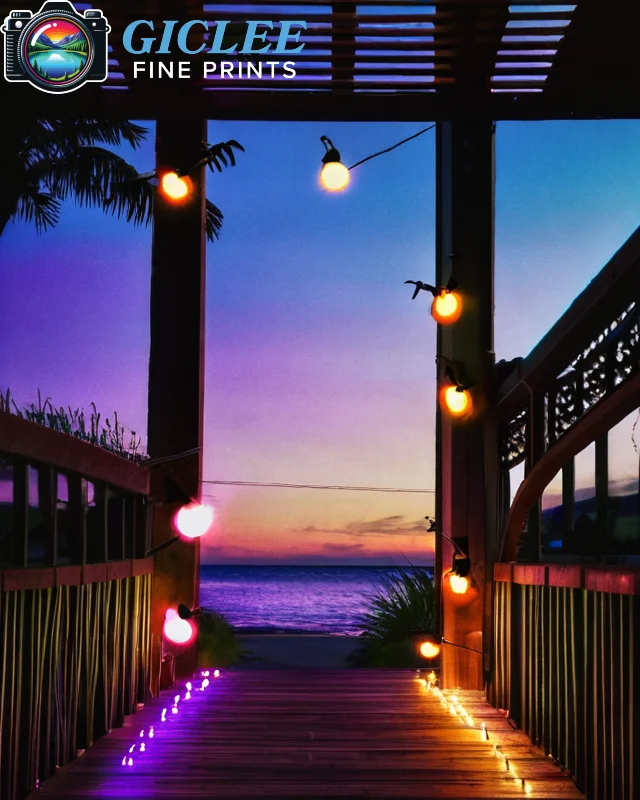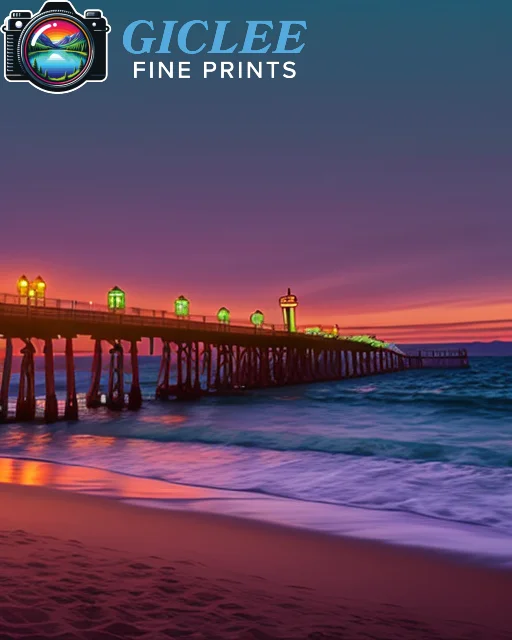
While screen printing has long been a popular choice for creating custom apparel and promotional items, advancements in printing technology have introduced several alternative methods. Each of these alternatives offers unique benefits, from cost efficiency and versatility to higher-quality results and suitability for different materials. If you’re looking to expand your printing options, this guide will explore various alternatives to screen printing, helping you decide which method is best for your specific needs.
Direct to Garment (DTG) Printing
Direct to Garment (DTG) printing is one of the most popular alternatives to screen printing. It uses inkjet technology to print designs directly onto fabric, making it ideal for highly detailed artwork and smaller orders. Unlike screen printing, DTG doesn’t require separate screens for each color, allowing for more complex, multi-color designs.
Key Features of DTG Printing:
- Perfect for Detailed Designs: DTG printers excel at reproducing intricate designs, photographs, and artwork with multiple colors and gradients.
- Soft Feel: The ink absorbs into the fabric, creating a soft, smooth finish that feels more natural than the thick texture of screen prints.
- Small Batch Friendly: Since there’s no need to create screens, DTG is cost-effective for small orders, making it ideal for custom t-shirts, limited edition prints, and personalized items.
- Best for Cotton Fabrics: DTG works particularly well on cotton and cotton-blend fabrics, offering vibrant and long-lasting results.
Direct to Film (DTF) Printing
Direct to Film (DTF) printing is a newer technology that involves printing a design onto a special film, which is then transferred to the fabric using heat and adhesive powder. This method offers more flexibility than DTG, as it works on a wider range of fabrics, including polyester, nylon, and blends.
Key Features of DTF Printing:
- Versatile Fabric Compatibility: DTF printing can be used on a wide variety of materials, from cotton and polyester to synthetic blends.
- No Pre-Treatment Required: Unlike DTG, DTF doesn’t require fabric pre-treatment, which makes the process faster and simpler.
- Durable Prints: DTF prints are highly durable, resisting fading, cracking, and peeling, even after multiple washes.
- Bright, Vivid Colors: DTF can produce vibrant, multi-color designs that stand out, making it great for promotional apparel, sportswear, and custom clothing.

Sublimation Printing
Sublimation printing is an excellent option for printing on polyester fabrics and hard surfaces, such as mugs, phone cases, and mousepads. This method uses heat and pressure to turn solid dye into gas, which embeds directly into the material, resulting in a long-lasting, vibrant design.
Key Features of Sublimation Printing:
- Vivid Colors: Sublimation produces bright, full-color designs that won’t fade or peel, making it ideal for vibrant artwork and bold prints.
- No Texture: Since the dye becomes part of the material, sublimation prints have no texture, leaving the fabric smooth to the touch.
- Best for Polyester and Coated Materials: Sublimation works best on polyester fabrics or items with a special polymer coating, making it ideal for custom sportswear, mugs, and promotional products.
- Durability: Sublimation prints are highly durable, with designs that can withstand frequent washing, UV exposure, and wear without losing their quality.
Heat Transfer Vinyl (HTV)
Heat Transfer Vinyl (HTV) is a method that involves cutting designs out of vinyl sheets and applying them to garments using heat and pressure. While it’s not ideal for intricate designs or large production runs, HTV is perfect for creating bold, simple designs or personalized items.
Key Features of HTV:
- Bold, Simple Designs: HTV is ideal for text-based designs, logos, or graphics with solid colors. It’s not suited for detailed artwork or complex color gradients.
- Durability: HTV prints are durable and can last through many washes if properly applied. They work best on cotton, polyester, or cotton-poly blends.
- Customization: HTV allows for easy customization, making it perfect for small runs, sports jerseys, and personalized items with names or numbers.
- Multiple Vinyl Types: There are various types of vinyl, including glitter, metallic, and glow-in-the-dark, allowing for creative and unique designs.

Heat Transfer Printing (HTP)
Heat Transfer Printing (HTP), also known as transfer printing, uses heat and pressure to transfer printed designs from a special paper onto fabric. This method is similar to HTV but uses printed designs rather than cut-out vinyl, making it suitable for full-color artwork.
Key Features of Heat Transfer Printing:
- Full-Color Designs: HTP allows for vibrant, full-color designs with gradients and detailed artwork.
- Works on Multiple Fabrics: Heat transfer printing works well on cotton, polyester, and other fabric blends, though the durability of the print may vary depending on the quality of the transfer paper and ink.
- Great for Small Runs: Since there’s no need for screens or complex setups, HTP is perfect for small orders or personalized designs.
- Simple Application: The heat transfer process is relatively simple and can be done with a standard heat press, making it accessible for hobbyists and small businesses.
Embroidery
While not technically a printing method, embroidery is another alternative to screen printing that can add a high-quality, textured finish to your garments. Embroidery involves stitching designs directly onto the fabric, making it a durable and professional-looking option.
Key Features of Embroidery:
- Professional Look: Embroidery gives a more premium, tactile finish, making it ideal for corporate apparel, uniforms, and high-end merchandise.
- Durability: Embroidered designs are extremely durable and can last as long as the garment itself.
- Limited Design Complexity: Embroidery is best suited for simple logos, text, and designs with fewer colors, as complex or detailed artwork may not translate well to thread.
- Suitable for Various Fabrics: Embroidery can be done on a wide range of fabrics, including cotton, polyester, denim, and even thicker materials like jackets and hats.
Laser Engraving
For materials like leather, wood, and metal, laser engraving offers a unique alternative to screen printing. This method uses a laser to etch designs into the material, creating a permanent, high-quality result.
Key Features of Laser Engraving:
- Permanent Markings: Laser engraving creates a permanent, precise design that won’t fade or wear away over time.
- Versatility: Laser engraving works on a variety of materials, including leather, wood, acrylic, glass, and metals.
- Unique, High-End Look: Engraving gives a premium look, perfect for creating personalized gifts, awards, and promotional items.
- Customization: This method allows for intricate designs, including logos, text, and fine details, making it suitable for custom branding.
Contact Us
Our address is: 3816 Pioneer Trail Ste #3, South Lake Tahoe, CA 96150
Email: Info@gicleefineprints.com
FAQs
DTG printing and HTP are both excellent choices for small batch orders, as they don’t require the setup of screens and offer cost-effective solutions for custom designs.
DTG works best on cotton fabrics. For polyester or synthetic fabrics, DTF or sublimation printing are better alternatives.
Yes, sublimation printing produces highly durable prints that are resistant to fading, peeling, or cracking, even after multiple washes.


